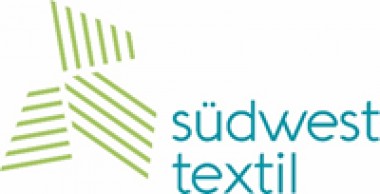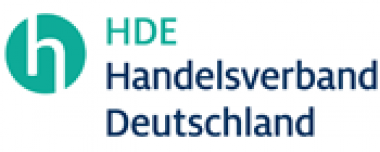Zur Bundestagswahl: Südwesttextil bekräftigt Forderung nach Wirtschaftswende
In der Woche vor der Bundestagswahl betont Südwesttextil den Bedarf, die Zukunftsfähigkeit der Wirtschaft in den Fokus der Politik zu stellen und ruft zur Wahl auf.
Bereits Mitte Januar hat Südwesttextil zehn Themen mit detaillierten Forderungen veröffentlicht. Im inhaltlichen Fokus sieht der Wirtschafts- und Arbeitgeberverband der baden-württembergischen Textil- und Bekleidungsindustrie die Wirtschaftswende, die damit erforderlichen Steuersenkungen, einen Anschub für Innovationen und Investitionen sowie die Mobilisierung des Arbeitsmarkts. Entscheidend sei parallel der Abbau von Bürokratie und Überregulierungen, beispielsweise im Bereich der nachhaltigen Transformation und der Sozialpartnerschaft.
Als weitere wesentliche Handlungsfelder benennt Südwesttextil wettbewerbsfähige Energiepreise und eine Kraftanstrengung bei der Fachkräftesicherung. Mit Blick auf das internationale Umfeld sieht Südwesttextil die Europäische Union und den internationalen Handel als Weg, um im geopolitischen Umfeld die Fäden in der Hand zu halten. Hauptgeschäftsführerin Edina Brenner fasst zusammen: „Die zukünftige Bundesregierung hat die Aufgabe, die Wettbewerbsfähigkeit unserer Wirtschaft zu stärken und unseren Standort wieder attraktiv zu machen. Dafür braucht es eine gemeinsame Kraftanstrengung und einen konsequenten Fokus auf wichtige wirtschaftspolitische Themen, die unser Land nach vorne bringen!“
Südwesttextil hatte sich bereits vor der Europawahl für Demokratie, Vielfalt und die Europäische Union positioniert. Vor diesem Hintergrund appelliert Hauptgeschäftsführerin Edina Brenner: „Am kommenden Sonntag hat jeder und jede Wahlberechtigte die Chance, für Demokratie zu stimmen. Nutzen Sie diese Möglichkeit und gehen Sie wählen!“
Südwesttextil Verband der Südwestdeutschen Textil- und Bekleidungsindustrie Südwesttextil e.V. Bundestagswahl Wirtschaftspolitik
Verband der Südwestdeutschen Textil- und Bekleidungsindustrie






























